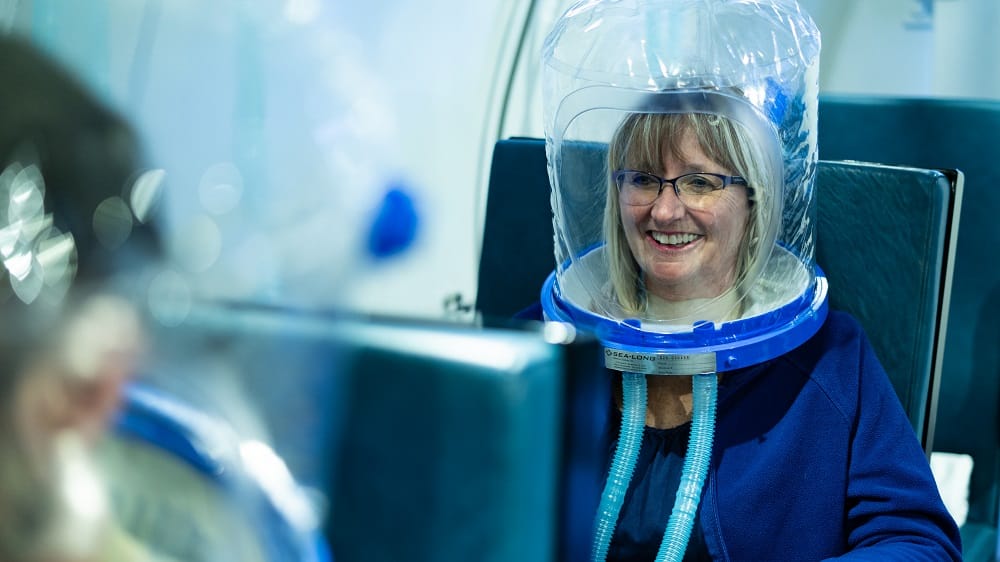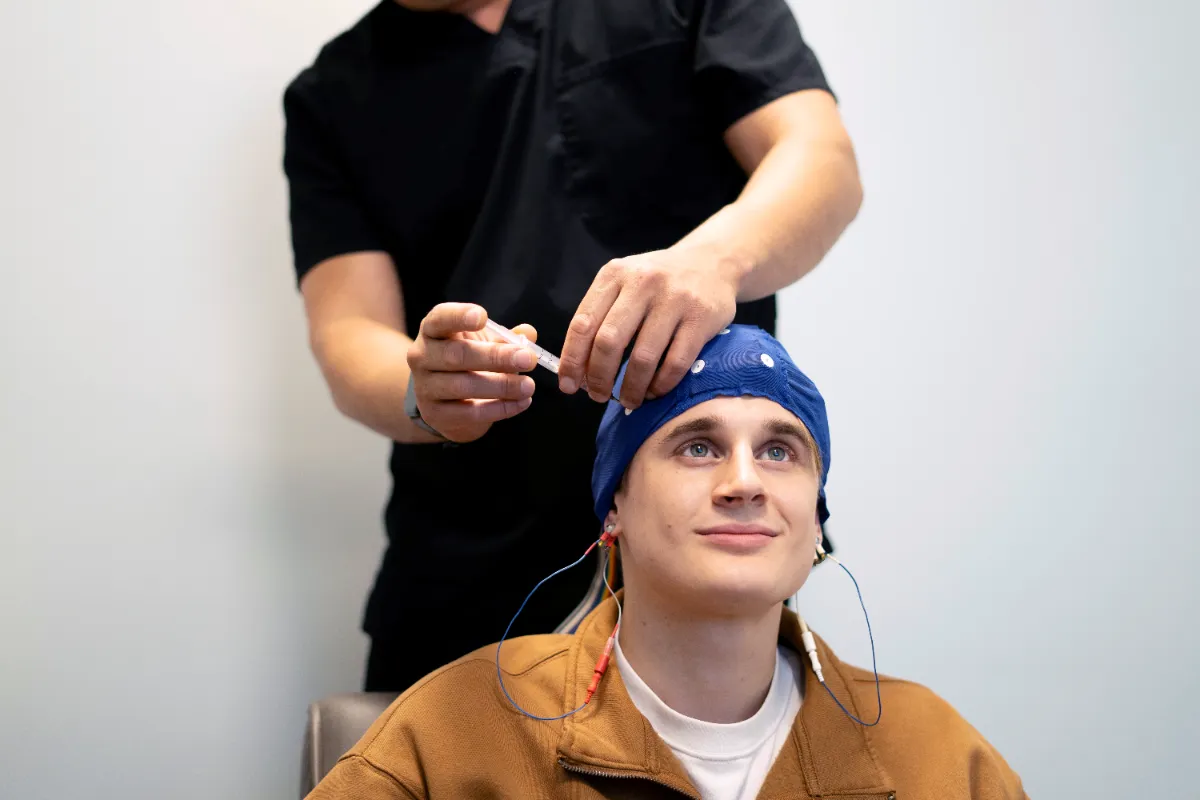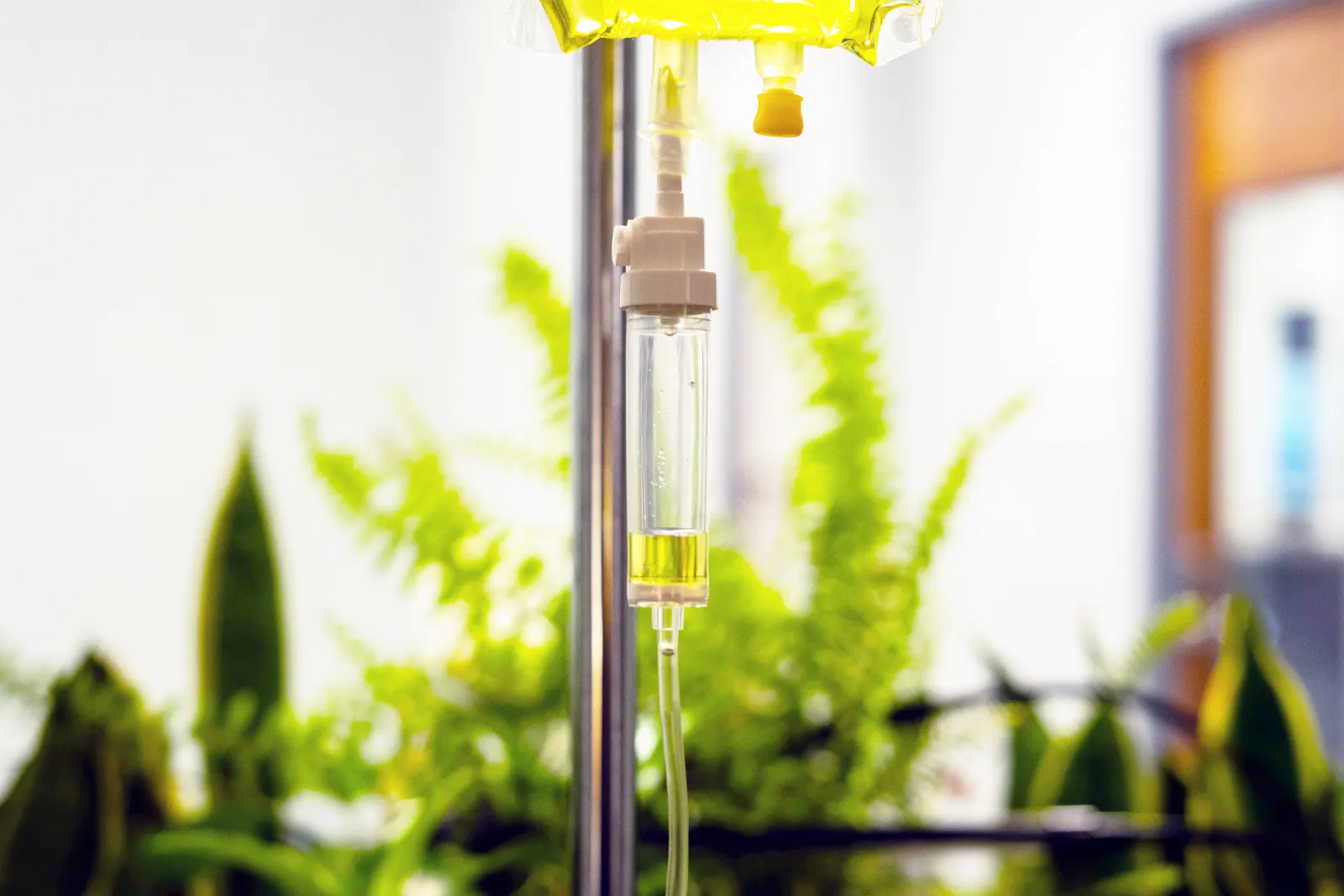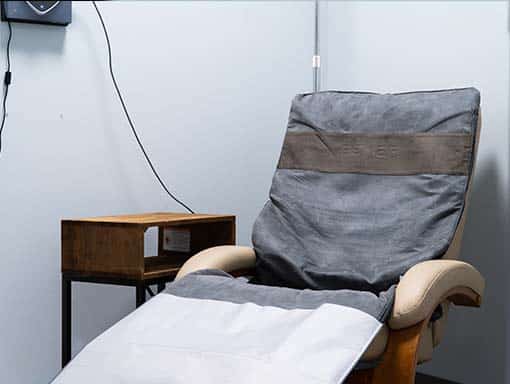Vertigo
Vertigo is a complex and often debilitating condition characterized by the false sensation of spinning or movement, even when a person is stationary. It affects approximately 15–20% of adults at some point in their lives. Vertigo can result from a variety of underlying causes, including vestibular disorders (such as Benign Paroxysmal Positional Vertigo, Meniere’s disease, and vestibular neuritis), traumatic brain injury, migraines, and neurological conditions. Additional contributors such as inflammation, poor circulation, inner ear infections, and imbalances in the autonomic nervous system can intensify symptoms.
Disruptions in the vestibular system—which governs balance and spatial orientation—can impair communication between the brain, inner ear, and eyes. Inflammation, oxidative stress, and insufficient oxygen delivery to brain and inner ear tissues may further aggravate vertigo symptoms, causing dizziness, imbalance, nausea, and fatigue. Environmental toxins, emotional stress, and certain medications may also play a role.
Addressing the underlying causes of vertigo is essential for restoring balance, preventing recurrence, and improving quality of life. This often involves reducing inflammation, improving oxygen and nutrient delivery, stabilizing neurological function, and supporting vestibular system recovery.
Our Integrative Approach
Extivita Therapies for Vertigo
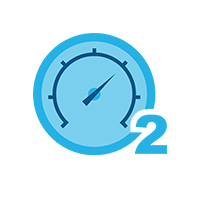
Hyperbaric Oxygen Therapy
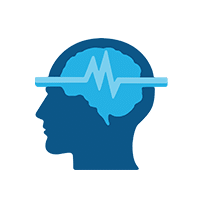
Neurofeedback

Nutritional IV Therapy

Pulsed Electromagnetic Field Therapy (PEMF)
Hyperbaric Oxygen Therapy (HBOT)
Benefits for Vertigo
Enhances Inner Ear and Brain Oxygenation
Vertigo is often linked to impaired circulation in the inner ear or brain. HBOT dramatically increases oxygen availability in these regions, which supports tissue repair and improves vestibular function. This heightened oxygen delivery helps stabilize the inner ear’s sensory structures and promotes better communication between the brain and balance organs.
Reduces Inflammation
Inflammation of the vestibular nerve or surrounding brain tissue can exacerbate vertigo symptoms. HBOT helps lower neuroinflammatory markers, calming the nervous system and aiding recovery. By reducing pressure and irritation in vestibular pathways, patients often experience fewer episodes of dizziness and imbalance.
Promotes Neuroplasticity
After a vestibular injury or neurological event (such as a concussion or stroke), the brain may
struggle to adapt and recalibrate. HBOT supports neuroplasticity—your brain’s ability to reorganize
and form new neural pathways. This is especially valuable for retraining balance and coordination in
individuals with chronic or recurring vertigo.
Improves Autonomic Nervous System Regulation
Vertigo can be worsened by dysregulation of the autonomic nervous system (ANS), which controls involuntary functions like blood pressure and heart rate. HBOT helps normalize ANS activity, stabilizing blood flow to the brain and reducing lightheadedness or dizziness triggered by postural changes.
Supports Detoxification of Vestibular Structures
Environmental toxins and infections (like viral labyrinthitis) can damage delicate inner ear structures. HBOT enhances the body’s natural detoxification processes by increasing oxygen availability to metabolize and clear harmful substances. This detoxification can restore balance and alleviate persistent vertigo symptoms.
Enhances Circulation and Microvasular Health
Small vessel damage or impaired circulation is a common contributor to vestibular dysfunction. HBOT stimulates angiogenesis—the formation of new blood vessels—and improves microvascular function. Enhanced blood flow helps supply the inner ear and central nervous system with the oxygen and nutrients they need to maintain equilibrium and prevent vertigo episodes.
Neurofeedback Therapy for Vertigo
Benefits for Vertigo
Improves Vestibular-Brain Communication
Vertigo often results from disrupted communication between the inner ear (vestibular system) and brain. Neurofeedback enhances the brain’s ability to process and integrate sensory signals by strengthening neural pathways. This improved brain processing helps reduce the misinterpretation of spatial orientation, lessening dizziness and imbalance.
Reduces Anxiety and Autonomic Dysregulation
Anxiety and stress can worsen vertigo symptoms by affecting the autonomic nervous system. Neurofeedback helps lower excessive high-frequency beta waves associated with stress and increases calming alpha waves, promoting relaxation. A calmer nervous system helps stabilize physiological responses that can trigger or amplify vertigo.
Promotes Neuroplasticity for Balance Recovery
Whether vertigo is due to injury, vestibular dysfunction, or neurological imbalance, neurofeedback supports neuroplasticity—the brain’s ability to adapt and rewire. By creating more efficient brainwave patterns, it helps restore balance control, improve postural stability, and reduce the frequency of vertigo episodes over time.
Enhances Focus and Reduces Disorientation
Vertigo often leads to brain fog, poor concentration, and disorientation. Neurofeedback therapy helps improve attention regulation by training the brain to maintain consistent and efficient activity levels. This results in clearer thinking and reduced cognitive symptoms often associated with vestibular disorders.
IV Therapy for Vertigo
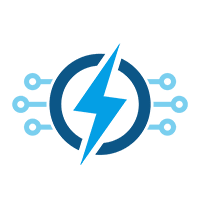
How Nutritional IV Therapy Helps with Vertigo
Supports Vestibular Function
Magnesium and B vitamins play an important role in nerve conduction and inner ear function, helping reduce dizziness and balance issues.

Reduces Inflammation and Oxidative Stress
Antioxidants like Glutathione help lower inflammation in the brain and inner ear—two areas commonly involved in vertigo episodes.
Promotes Cellular Repair and Brain Health
NAD+ and B-complex vitamins fuel mitochondrial energy production and help restore balance in the nervous system, especially after vestibular damage or viral illness.
Key IV Recommendations for Vertigo:
Myers’ Cocktail IV
Components: B-complex vitamins, Vitamin C, Magnesium, and Calcium
- B-complex vitamins and magnesium support the nervous system and inner ear pathways involved in balance.
- Vitamin C and calcium help reduce inflammation and support cellular function in the vestibular system.
Glutathione IV
Components: Reduced Glutathione
- Glutathione is a potent antioxidant that helps reduce inflammation and oxidative stress in the brain and inner ear– two key contributors to vertigo.
- Glutathione also supports detoxification processes that may ease neurological symptoms related to vertigo.
NAD+ Trio IV
Components: Myers’ Cocktail, Reduced Glutathione, NAD+
- NAD+ promotes optimal brain function and mitochondrial health, helping reduce neurological symptoms tied to
vertigo. - The combination of Glutathione, NAD+, and the Myers’ Cocktail enhances detoxification, replenishes essential
nutrients, and supports cellular repair – working together to reduce inflammation and stabilize the nervous
system for improved balance and reduced dizziness.
Pulsed Electromagnetic Field (PEMF) Therapy
How PEMF Therapy Supports Vertigo
Improves Inner Ear Circulation Enhances Microcirculation
PEMF Therapy enhances blood flow to the inner ear and brain, which are essential for maintaining balance and spatial orientation. Improved circulation supports tissue health in the vestibular system, helping reduce dizziness and instability.
Supports Nervous System Regulation
By calming overactive nerves and promoting parasympathetic activity, PEMF Therapy helps stabilize the vestibular pathways involved in balance and motion perception—reducing the frequency and severity of vertigo episodes.
Promotes Cellular Repair
PEMF Therapy accelerates the body’s natural healing processes, helping repair damaged cells in the inner ear and brain. It also reduces inflammation, which is often a contributing factor in vestibular disorders.
We look forward to being a part of your healing journey.
Schedule Your Free Wellness Visit →
References:
- Kim, Ji-Soo, et al. “Vascular vertigo and dizziness: Diagnostic criteria.” Journal of Vestibular Research, vol. 32, no. 3, 2 May 2022, pp. 205–222, https://doi.org/10.3233/ves-210169.
- Nair, Sreedhar, et al. “Treatment of chronic vertigo with Hyperbaric Oxygen.” The Lancet, vol. 301, no.
7796, 27 Jan. 1973, pp. 184–185, https://doi.org/10.1016/s0140-6736(73)90008-1. - Lin, Pao-Yuan, et al. “Hyperbaric oxygen therapy enhanced circulating levels of endothelial progenitor cells
and angiogenesis biomarkers, blood flow, in ischemic areas in patients with peripheral arterial occlusive
disease.” Journal of Clinical Medicine, vol. 7, no. 12, 14 Dec. 2018, p. 548,
https://doi.org/10.3390/jcm7120548. - Hadanny, A., et al. “Hyperbaric oxygen can induce neuroplasticity and improve cognitive functions of
patients suffering from anoxic brain damage.” Restorative Neurology and Neuroscience, vol. 33, no. 4, 19
Aug. 2015, pp. 471–486, https://doi.org/10.3233/rnn-150517. - Nyam, Tee-Tau Eric, et al. “Hyperbaric oxygen therapy reduces the traumatic brain injury–mediated
neuroinflammation through enrichment of prevotella copri in the gut of male rats.” Neurocritical Care, vol.
41, no. 3, 15 May 2024, pp. 798–812, https://doi.org/10.1007/s12028-024-01997-1. - Bin-Alamer, Othman, et al. “Hyperbaric oxygen therapy as a neuromodulatory technique: A review of the
Recent evidence.” Frontiers in Neurology, vol. 15, 9 Oct. 2024,
https://doi.org/10.3389/fneur.2024.1450134. - Buizza, Chiara, et al. “Is biofeedback for vertigo effective in Ordinary Medical Centers? A controlled trial in
northern Italy.” Applied Psychophysiology and Biofeedback, vol. 48, no. 3, 25 May 2023, pp. 345–354,
https://doi.org/10.1007/s10484-023-09588-0. - Sasu, Roxana. “Infra-low frequency neurofeedback in persistent postural-perceptual dizziness—case
report.” Frontiers in Human Neuroscience, vol. 16, 22 July 2022,
https://doi.org/10.3389/fnhum.2022.959579. - Kao, Chung-Lan, et al. “Vestibular rehabilitation ameliorates chronic dizziness through the Sirt1 Axis.”
Frontiers in Aging Neuroscience, vol. 6, 4 Mar. 2014, https://doi.org/10.3389/fnagi.2014.00027. - Calderón‐Ospina, Carlos Alberto, and Mauricio Orlando Nava‐Mesa. “B vitamins in the nervous system:
Current knowledge of the biochemical modes of action and synergies of thiamine, pyridoxine, and
Cobalamin.” CNS Neuroscience & Therapeutics, vol. 26, no. 1, 6 Sept. 2019, pp. 5–13,
https://doi.org/10.1111/cns.13207.

